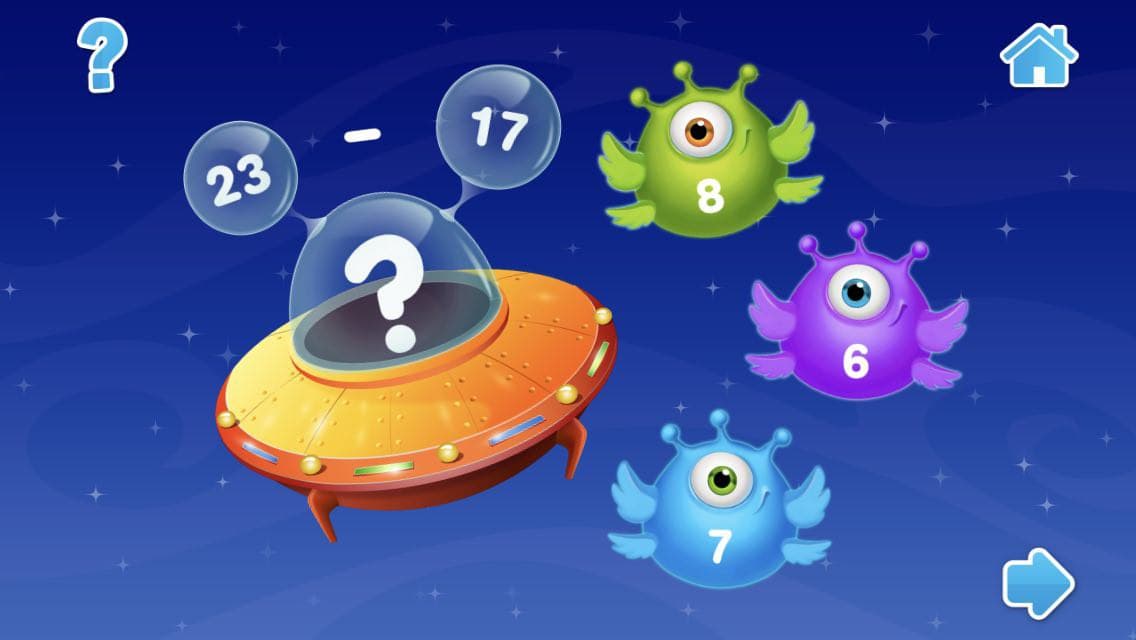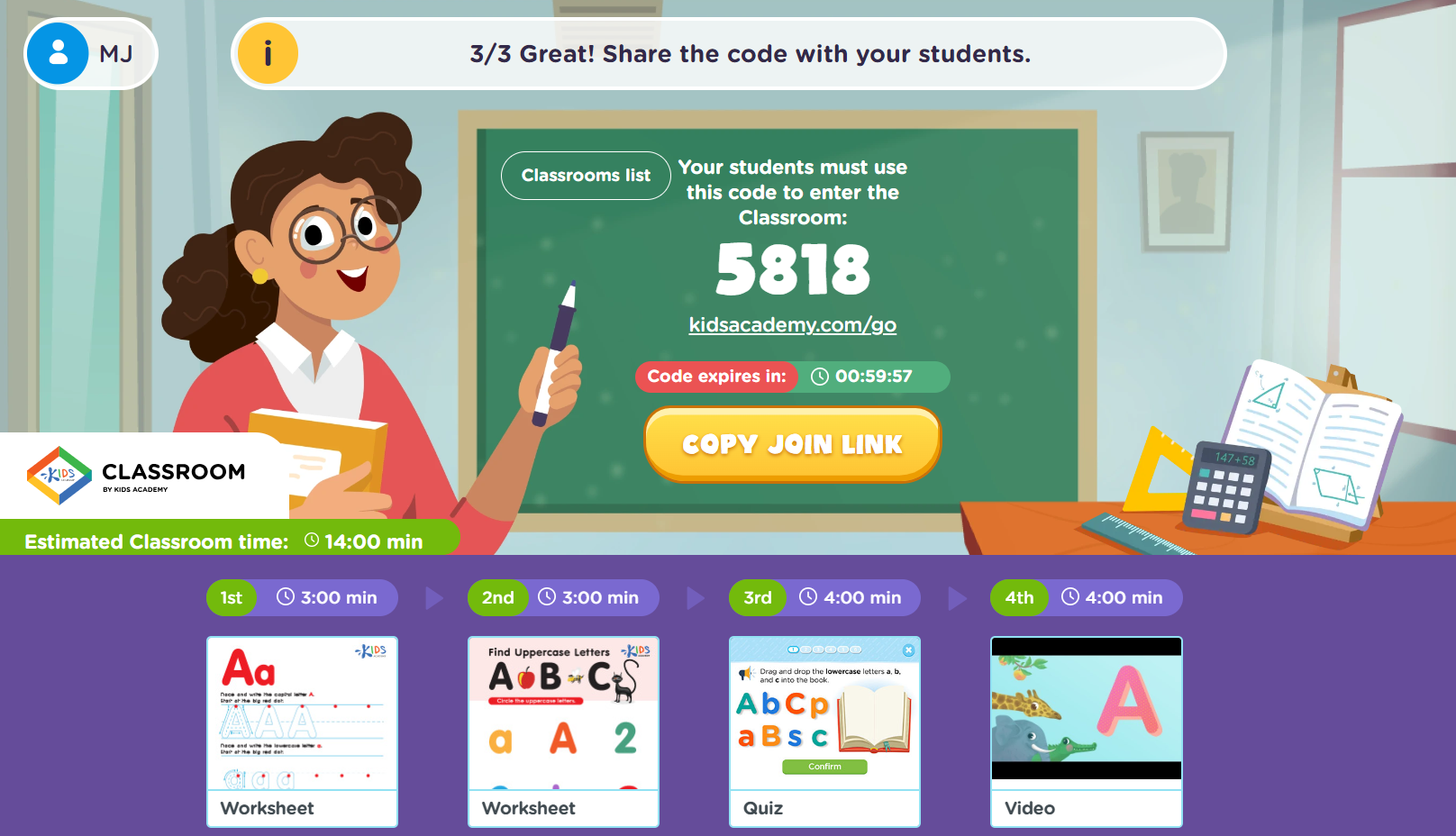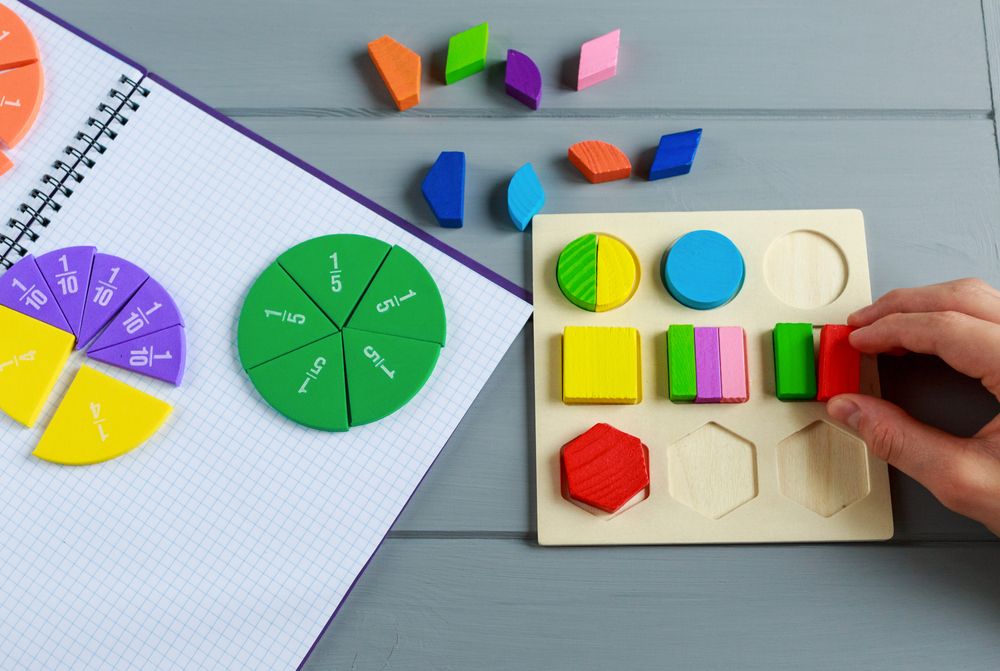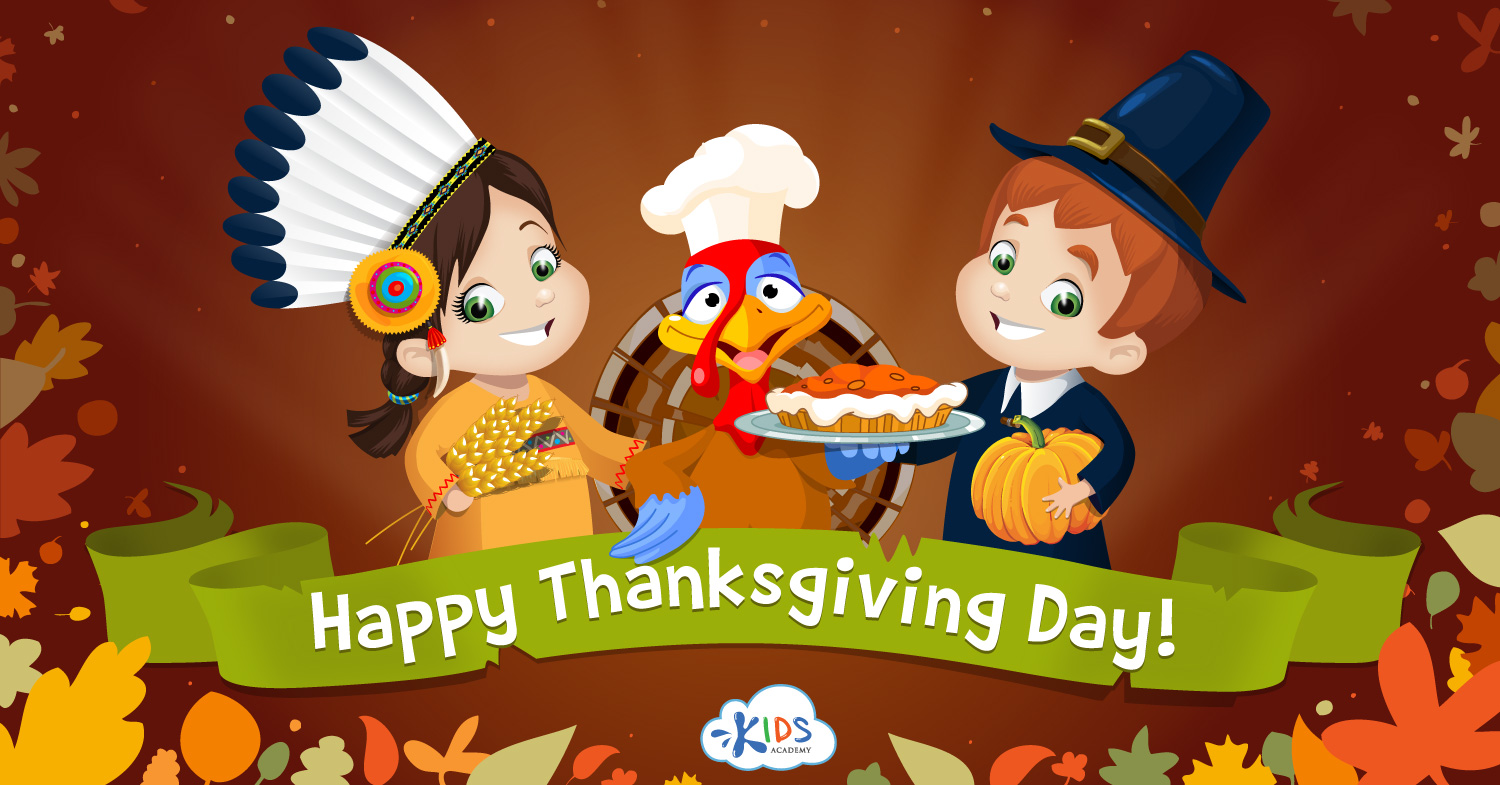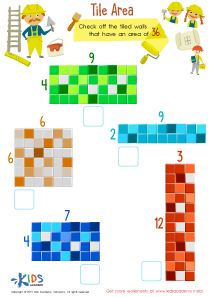Normal Comparison Worksheets for Ages 6-8
7 filtered results
-
From - To
Introduce young learners to the concept of comparison with our engaging Normal Comparison Worksheets designed for ages 6-8. These carefully crafted worksheets aim to enhance critical thinking skills by helping children identify and compare quantities, sizes, and numerical values. Perfect for early elementary students, the activities are both fun and educational, making learning effortless and enjoyable. Each worksheet is visually appealing and age-appropriate, featuring colorful illustrations and relatable themes that captivate young minds. Ideal for classroom use or at-home practice, these worksheets provide a solid foundation in math comparison, setting the stage for future mathematical success. Download now for a seamless learning experience!
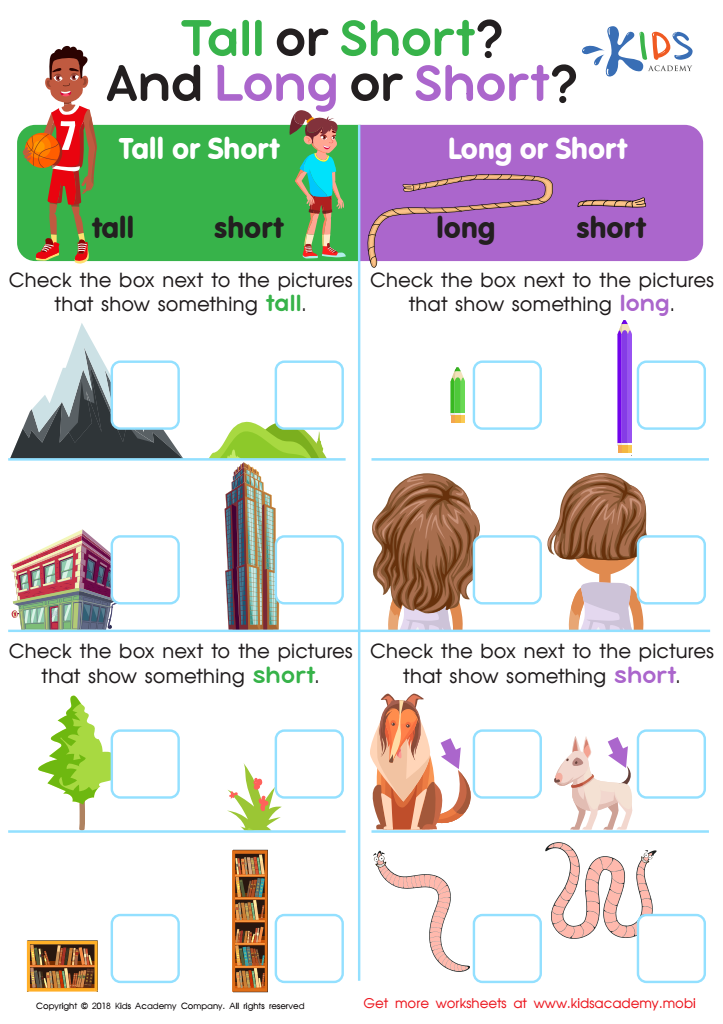

Tall or Short and Long or Short? Worksheet
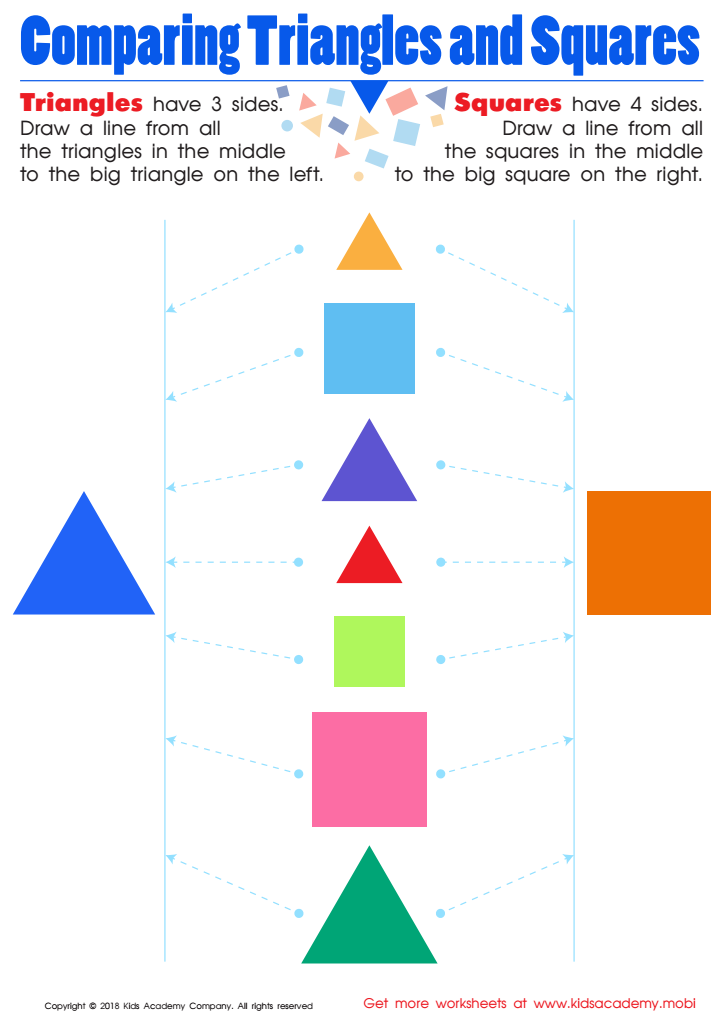

Comparing Triangles Squares Worksheet
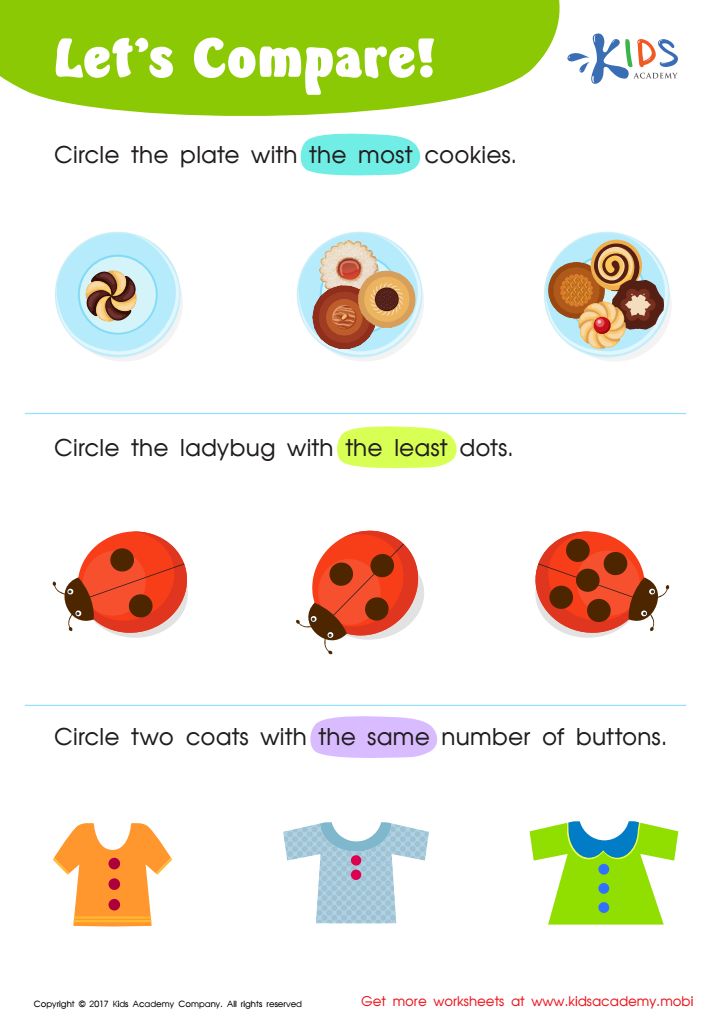

Matching: Classifying Toys by Size Worksheet
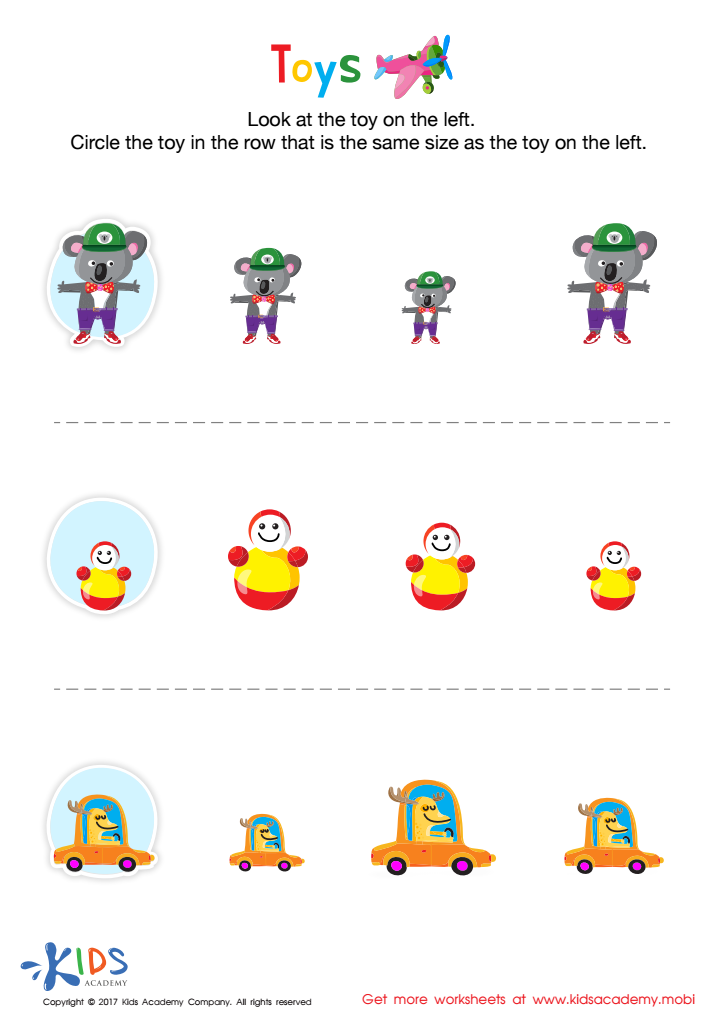

Matching: Classifying Toys by Size Worksheet
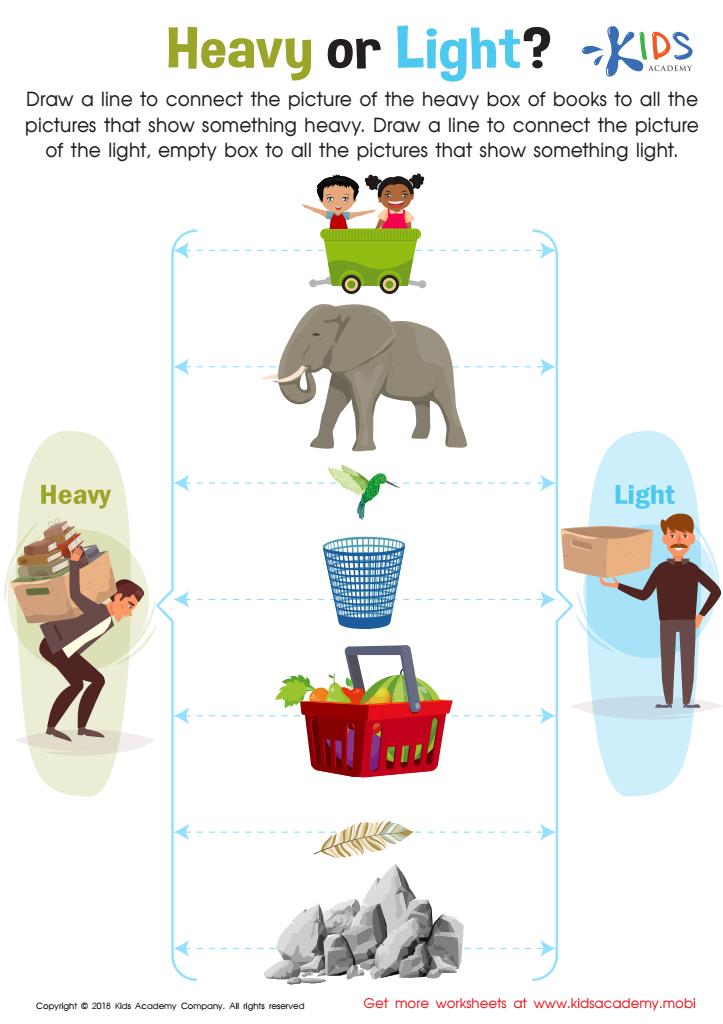

Heavy or Light? Worksheet
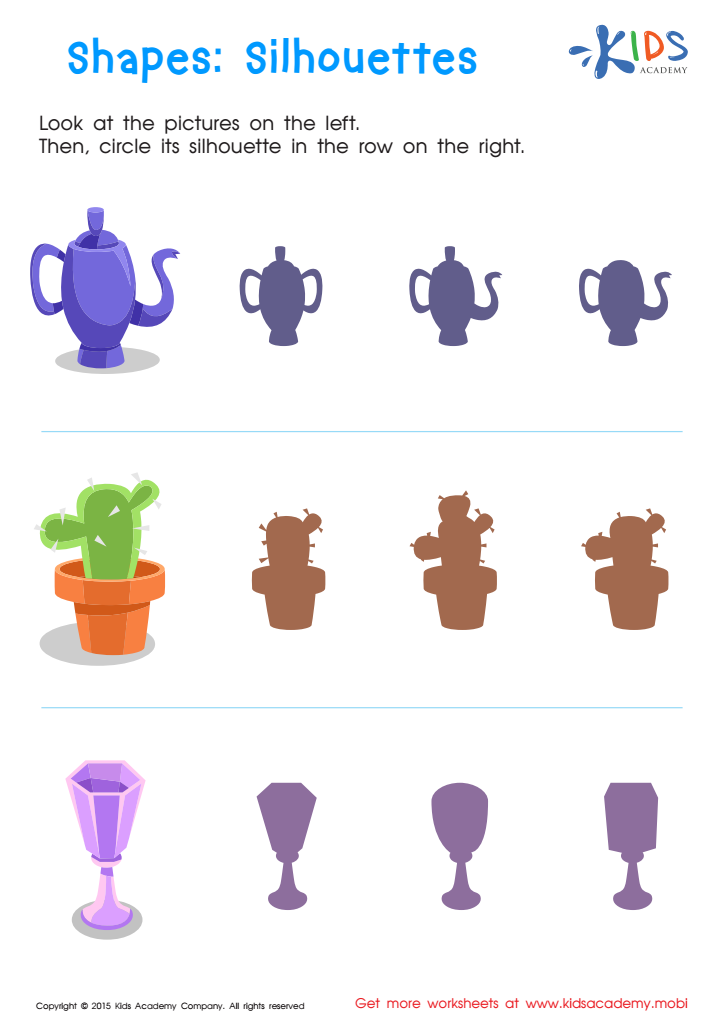

Silhouettes – Shapes Worksheet
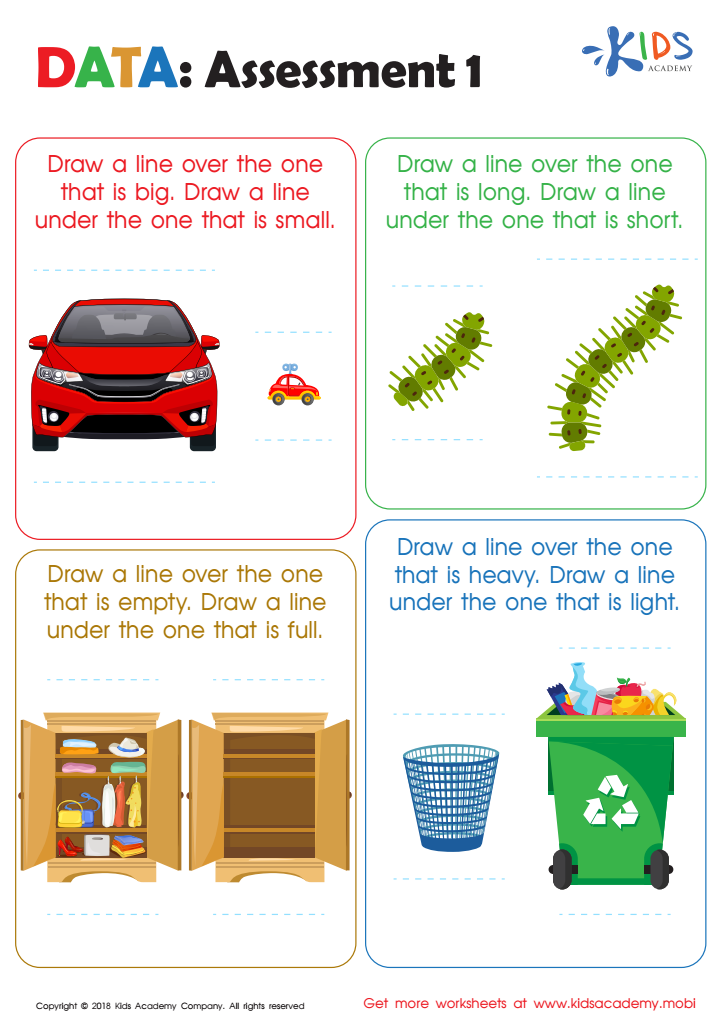

Data: Assessment 1 Worksheet
Normal comparison, or the practice of comparing a child's development against typical developmental milestones, is essential for parents and teachers of children aged 6-8 for several reasons. This critical period in a child's life is marked by significant growth in cognitive, social, emotional, and physical domains. By understanding normal comparison, adults can identify if a child is on track or may need additional support.
For instance, in early elementary years, children progress in learning to read, write, and understand basic math. When teachers or parents compare a child’s abilities to developmental norms, they can gauge if a child is advancing as expected. If children struggle with skills that peers master easily, early intervention can be arranged to help them catch up, enhancing their academic success and self-esteem.
Socially, children aged 6-8 develop crucial interaction skills such as sharing, taking turns, and managing emotions. Benchmarking these behaviors against typical age norms helps adults identify social or emotional difficulties early, allowing for necessary support or guidance tailored to each child's needs.
Lastly, physical development, including fine and gross motor skills, should align with age-appropriate standards. If a child exhibits delays, targeted activities can help them develop these essential skills.
In sum, normal comparison helps in detecting variances early on, ensuring timely interventions that support holistic growth and pave the way for future success.
 Assign to My Students
Assign to My Students


